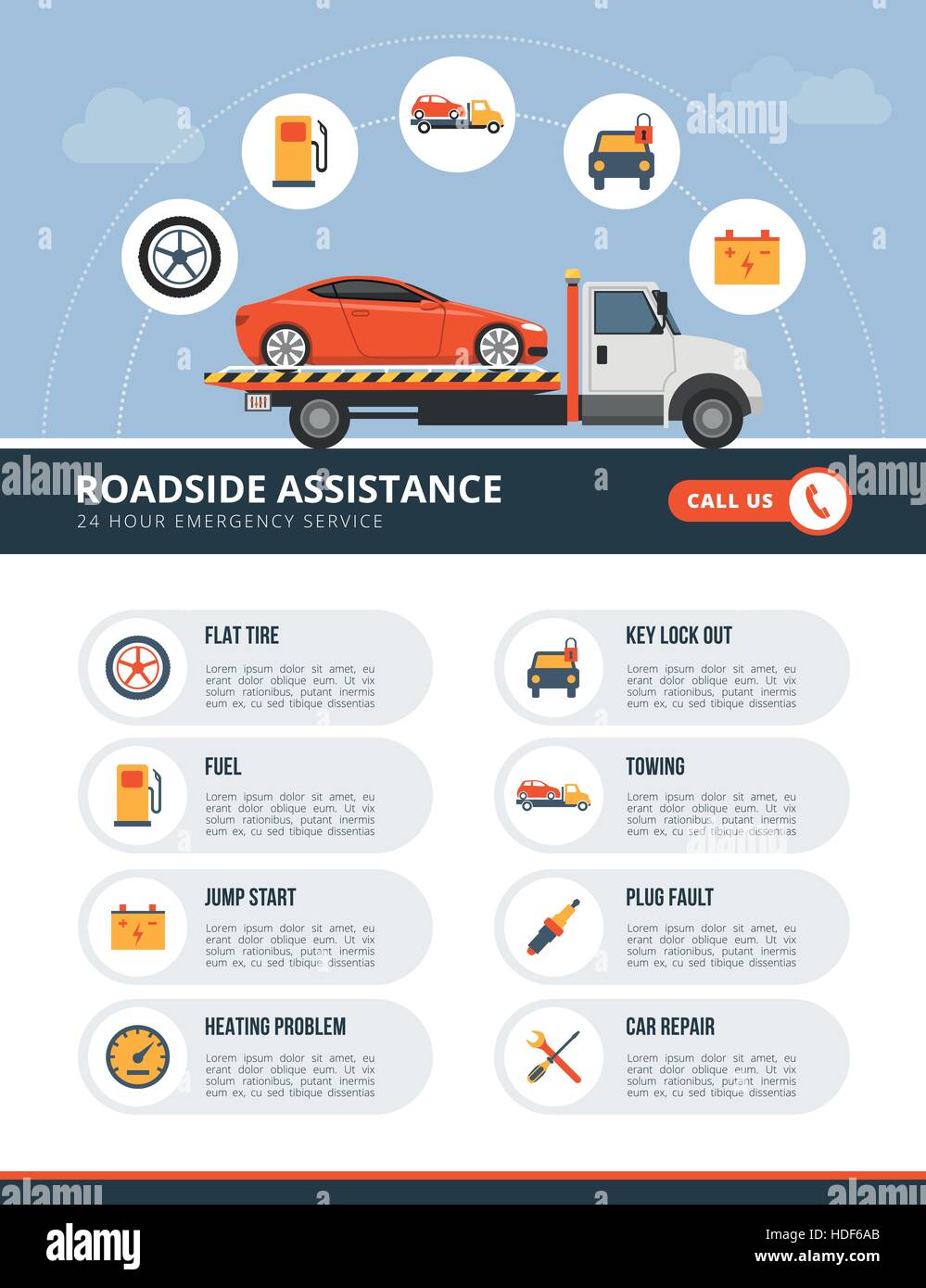Decoding Your Car'S Warning Indicators: What They Really Symbolize
Decoding Your Car'S Warning Indicators: What They Really Symbolize
Blog Article
Composed By-Higgins Forbes
When you lag the wheel, those radiant caution lights on your control panel can be a bit complicated. Do you understand what they're attempting to tell you concerning your cars and truck's health and wellness? Comprehending the significance of these lights is important for your security and the longevity of your lorry. So, the next time among those lights pops up, wouldn't you want to understand its message precisely and take the required steps to address it?
Common Warning Lights and Interpretations
Recognize usual caution lights in your cars and truck and recognize their significances to ensure secure driving.
The most typical warning lights consist of the check engine light, which signals concerns with the engine or exhausts system. If this light begins, it's vital to have your lorry examined quickly.
The oil pressure advising light shows reduced oil stress, requiring prompt attention to stop engine damages.
A blinking battery light could suggest a damaged charging system, potentially leaving you stranded otherwise resolved.
The tire pressure surveillance system (TPMS) light notifies you to low tire pressure, impacting car stability and gas performance. Overlooking this might cause unsafe driving problems.
The abdominal muscle light suggests a problem with the anti-lock stopping system, compromising your capability to stop rapidly in emergency situations.
Lastly, the coolant temperature level alerting light warns of engine overheating, which can lead to severe damages otherwise dealt with promptly.
Understanding these typical warning lights will certainly assist you address concerns promptly and maintain secure driving conditions.
Significance of Prompt Focus
Recognizing the usual warning lights in your vehicle is just the very first step; the value of without delay resolving these cautions can't be stressed enough to ensure your safety when traveling.
When a warning light illuminates on your control panel, it's your cars and truck's means of communicating a potential issue that requires interest. Ignoring these warnings can lead to much more severe troubles in the future, jeopardizing your safety and possibly costing you a lot more out of commission.
Prompt attention to cautioning lights can avoid malfunctions and mishaps. For instance, a blinking check engine light can indicate a misfire that, if left unattended, might create damage to the catalytic converter. Addressing this without delay can save you from an expensive repair.
Similarly, a brake system cautioning light may signal reduced brake fluid or used brake pads, important elements for your security when driving.
Do It Yourself Troubleshooting Tips
If you notice a caution light on your control panel, there are a few do it yourself fixing tips you can attempt before seeking expert help.
The very first step is to consult your car's handbook to recognize what the details caution light suggests. Sometimes the issue can be as straightforward as a loose gas cap activating the check engine light. Tightening up amd detailing may resolve the problem.
One more typical concern is a reduced battery, which can cause various cautioning lights. Checking https://brakecheck15049.blazingblog.com/31284546/look-into-the-crucial-fads-that-are-shaping-the-future-of-automobile-fixing-including-the-growth-of-electric-lorries-and-the-integration-of-ai for rust and ensuring they're safe and secure may fix the trouble.
If a caution light persists, you can try resetting it by detaching the vehicle's battery for a couple of mins and after that reconnecting it. In addition, checking your automobile's fluid levels, such as oil, coolant, and brake fluid, can assist fix advising lights related to these systems.
Verdict
To conclude, understanding your car's warning lights is vital for maintaining your vehicle running smoothly and securely. By quickly addressing these informs and recognizing what they suggest, you can avoid expensive repair work and potential malfunctions.
Keep in mind to consult your auto's guidebook for certain information on each alerting light and act as necessary to ensure a hassle-free driving experience.
Remain informed, remain secure when traveling!
